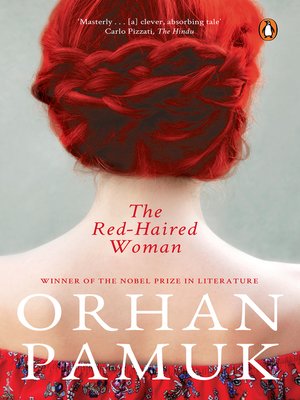
Nothing, for instance, could be more fundamental to an understanding of Western art than the concept of style, for style is, after all, the true expression of an artist's 'point of view' and 'perspective'. One of the illustrators working on the book being prepared for the sultan has already been found at the bottom of a well with his skull crushed and, before long, Uncle himself is brutally murdered.Īs Black simultaneously tries to woo Shekure and identify the killer, now hanging about in coffee houses, now talking to illustrators, now poring over the priceless illuminated manuscripts in the sultan's treasury, Pamuk takes the reader into the strange and beautiful world of Islamic art, in which Western notions no longer make sense. This, though, is a dangerous enterprise, for Islamic fundamentalists are abroad in the city and they hate all art and Western art in particular. Meanwhile, her father, a wealthy and influential former ambassador to Venice, known to all and sundry as 'Uncle', has embarked on a long-cherished project, the compilation of an illuminated book for the sultan in which the world will be depicted 'realistically' and in perspective, in the manner of the Renaissance painters Uncle grew to admire in Italy. Shekure, married and widowed in his absence, is once again looking for a husband. Returning to his native Constantinople in the middle of a bleak winter, he finds everything changed.


This antithesis is at the heart of the Turkish novelist Orhan Pamuk's magnificent new novel, set in sixteenth-century Constantinople.Īlthough it features a large cast, My Name Is Red is essentially the story of Black, a failed illustrator who has spent 12 years in the eastern provinces of the Ottoman Empire after falling in love with his beautiful cousin, Shekure, and being rejected by her.

Because what is seen is necessarily seen at a specific point in time, this also renders Western art time-based.īy contrast, Islamic art - or rather, since Islam forbids figurative art, Islamic manuscript illustration, which ushers figurative art in through the back door - opts for stylisation rather than the 'realism' of seeing, and thus seems to strive to express an unchanging truth that lies beyond the shifting perspectives that unfold in and as time. The history of Western art from the Renaissance to the rise of cubism, however, amounts to one long love affair with seeing, with point of view and perspective.


 0 kommentar(er)
0 kommentar(er)
